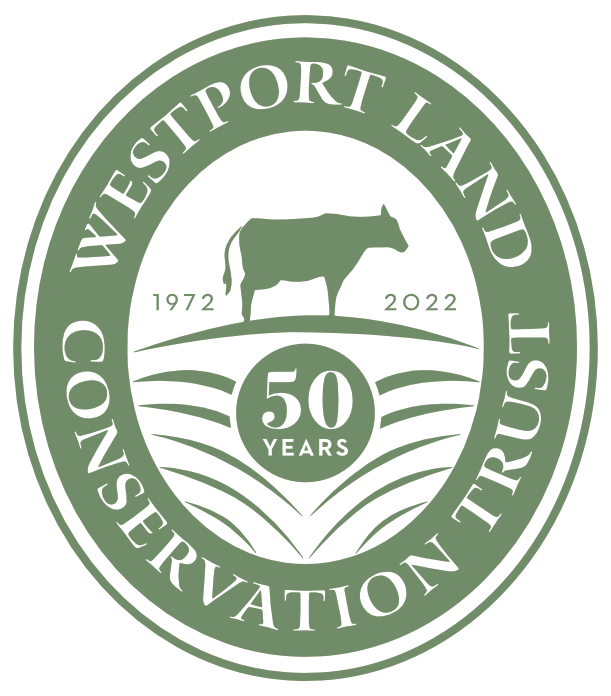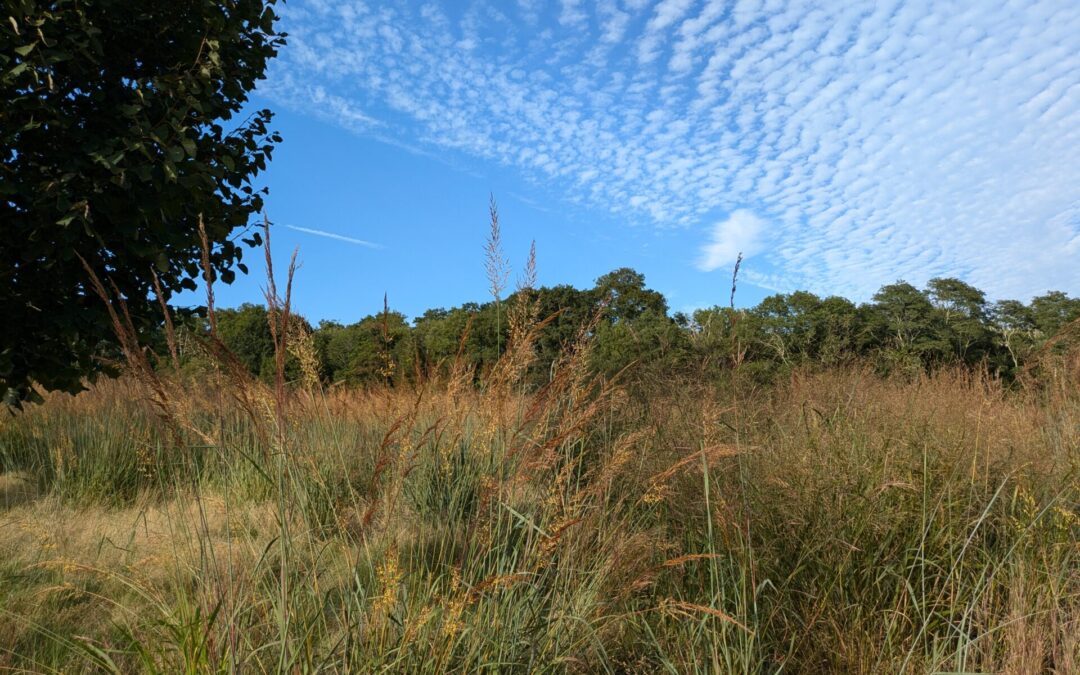You might have noticed we are using the word grasslands rather than meadows, in describing the seeded open spaces we manage.
Westport Land Conservation Trust has learned so much in recent years from our experiences managing land being restored for habitat. While these open spaces have traditionally been labelled “meadows,” a WLCT board member recently made the astute observation that we are managing these spaces as grasslands.
We draw the distinction between grassland and meadow with the simple definition that meadows are grasses mixed with biennial and perennial flowering plants, more curated, and with more of a focus on aesthetic. A grassland may contain many of the same plant material, but it is managed for habitat over aesthetics.
We believe grasslands is more reflective of the native habitat once abundant in America.
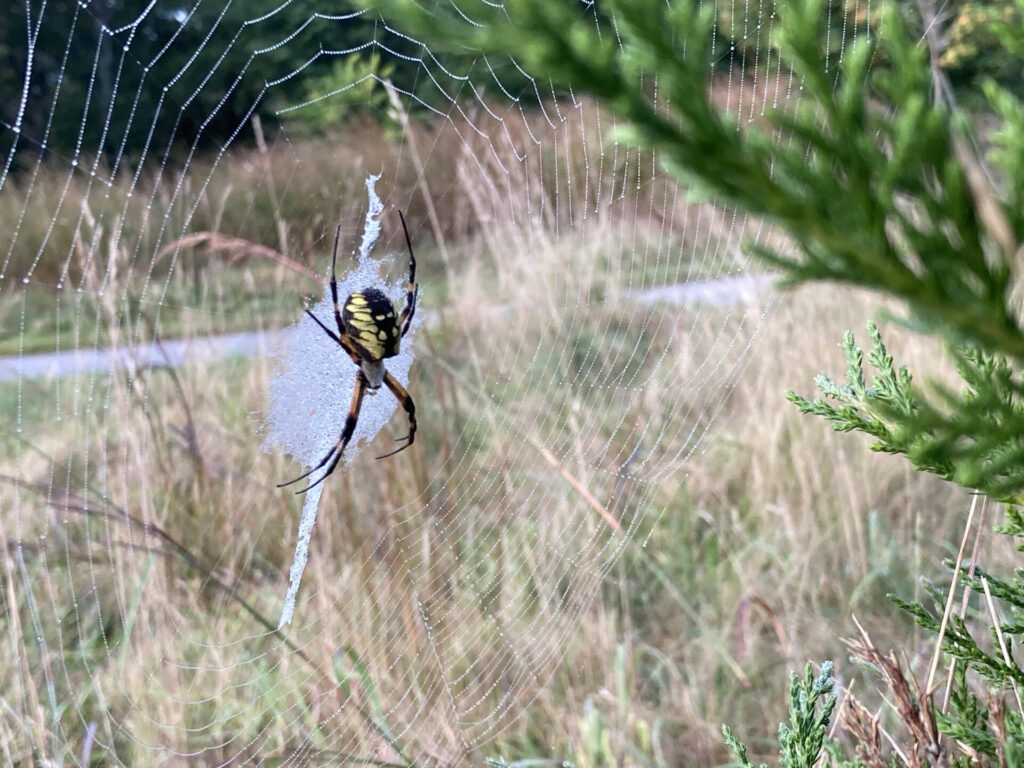
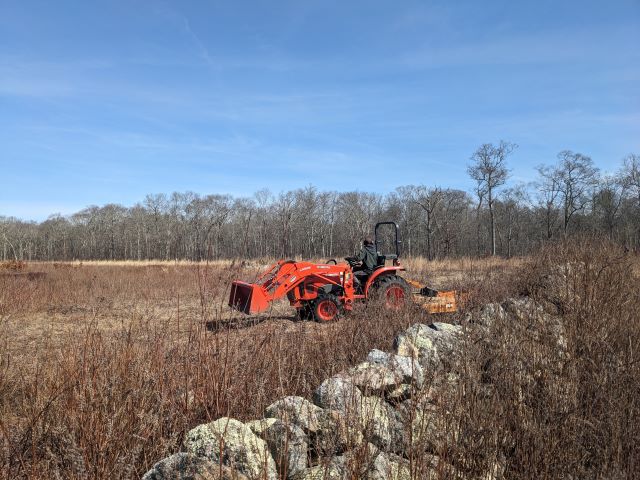

Stewardship Forum on Grasslands
The following information is taken from the Stewardship Forum held in early October for conservationists across the South Coast.
What defines a grassland?
- Grasslands are areas where more than 50% of ground layer vegetation is dominated by native grasses and forbs (herbaceous, flowering species we tend to think of as “wildflowers,” goldenrod, gentian, ironweed, columbine). In our areas, this is typically a mix of cool- and warm-season grasses, some of which are European.
- True native grasslands in New England have been in decline since the 17th century.
- Grasslands are usually found in floodplains, sandplains, beaver meadows and indigenous settlements.
- Today, most grassland areas are used for agriculture or are in transition.
Why choose a grassland?
- Native and native-mix grasslands provide rich habitat, with appropriate transitional connections to shrubland, wetland, and forestland.
- Grasslands support a range of species. Most importantly, they create greater ecosystem diversity.
But you can’t just toss out some seeds!
Grasslands need to be appropriately sited and they require strategic maintenance and upkeep.
Good sites for introducing grasslands are former agricultural fields or open space with aggressive monocultures. Siting a grassland where it will abut and aid diversity is also important, so making those connections between open grassland and the forest or wetland edge is vital to planning.
Plant selection is based on what is currently growing and might need encouragement, as well as what is growing (or might grow) in abutting ecosystems. This process is most clearly visible in the 2023 grassland plantings at Dunham’s Brook, where shrub plantings were incorporated with the grass/forbs mix choices.
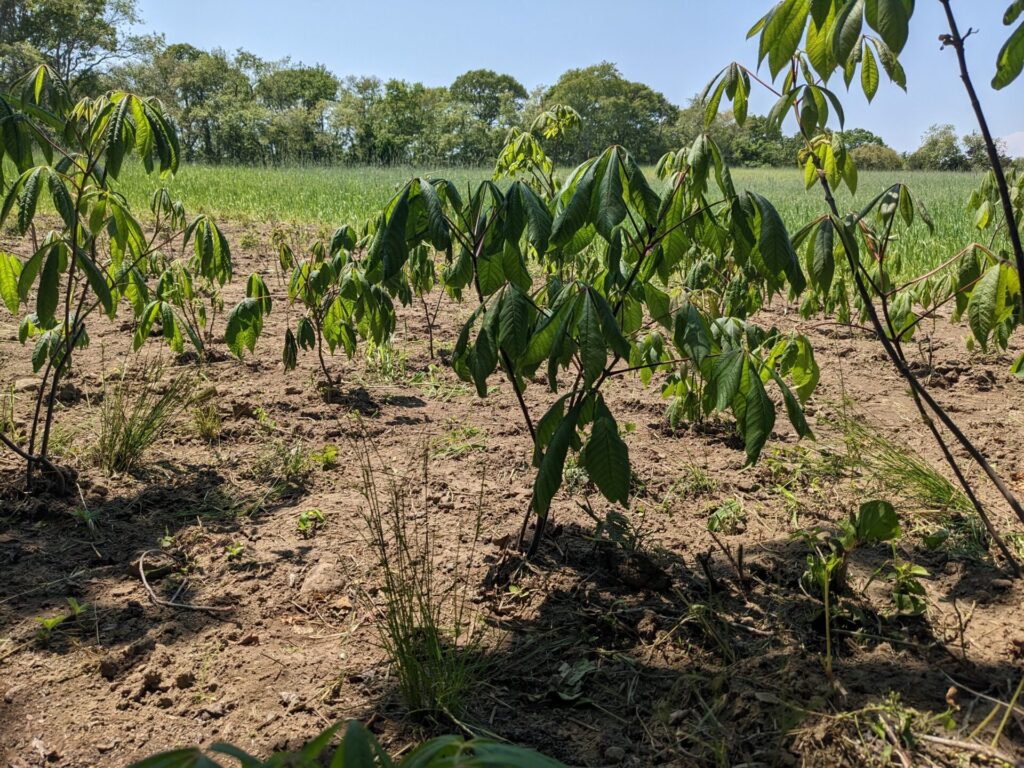
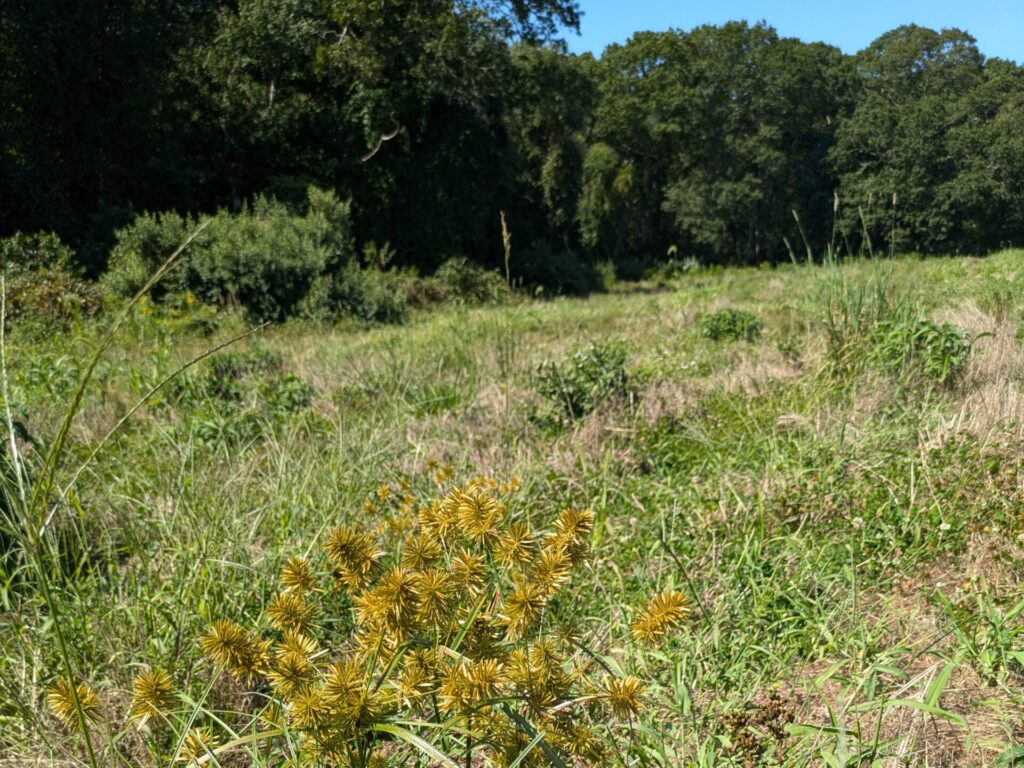
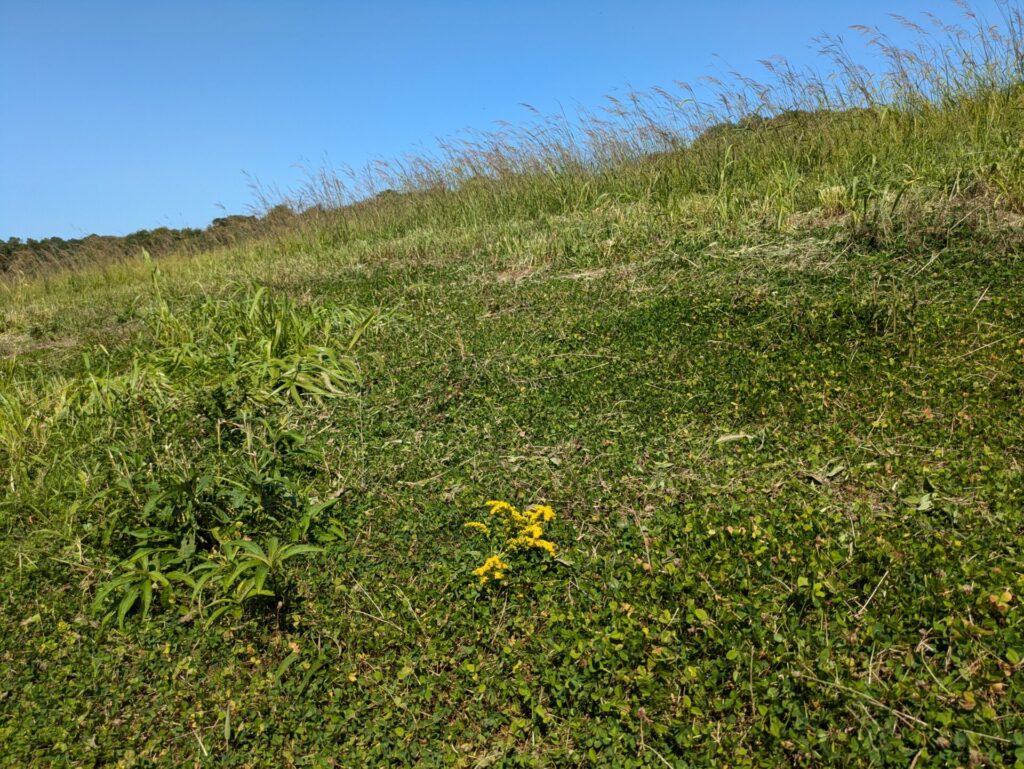
The First 3 Years
Like any planting, grasslands need intense management in their first years.
Multiple mows are necessary in the first few years in order to:
- Diminish the seedbank of the cover crop and other annual weeds
- Optimize light and moisture to the smaller perennial seedlings in the mix
We’ve seen good success with late winter (March) mow and an early summer (June) mow and, if needed, a late summer (September) cut.
Mow height is typically 6-8 inches so as to remove seed heads but not damage the basal foliage.
Ongoing Maintenance
Once established grassland can be mown once a year in late winter/early spring. We’ve found late winter to be more conducive for quick and clean mows, as fields are less muddy.
Annual mowing is necessary to keep out unwanted woody species

Invasive removal is most efficient with large groups of volunteers who are trained in plant ID. We train our volunteer core, the Tuesday Trail Team, to identify key invasives like Autumn Olive, Shrub Honeysuckle, Multiflora Rose and Oriental Bittersweet to name a few.
We manage grasslands in a way that continues to promote the growth of key native species while limiting the effect of non-native invasives. Each season provides evolution and learning!

